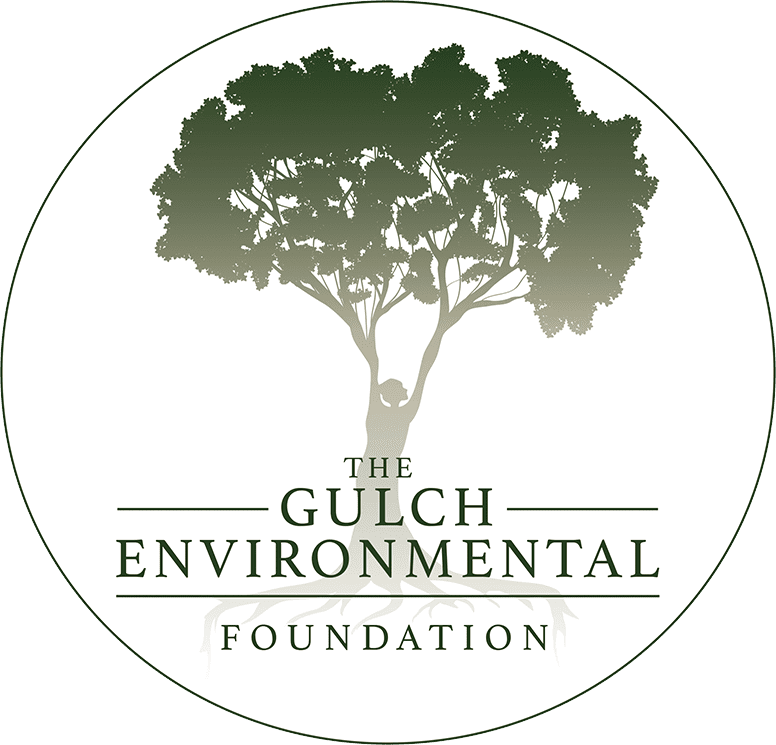2023 Q3 Impact Report
Letter from Founder and Team
As summer settled across the landscape, temperatures rose with many consecutive days topping 100F. This marked the end of the growth for many spring species, and a period of ripening for others. As we harvested our wheat as hay this year, we are not ramping up for a grain harvest. We are instead preparing to do some earthwork before the fall planting. There are a few areas with erosion that need to be fixed, and a few terraces that need to be refreshed. Terraces help erosion from being a problem, but at Rainmaker the terraces in the south field are also important because direct some of the runoff into our pond. These terraces currently are pooling water behind them instead of allowing the water to flow into our pond where it’s needed to refill it after the drought.

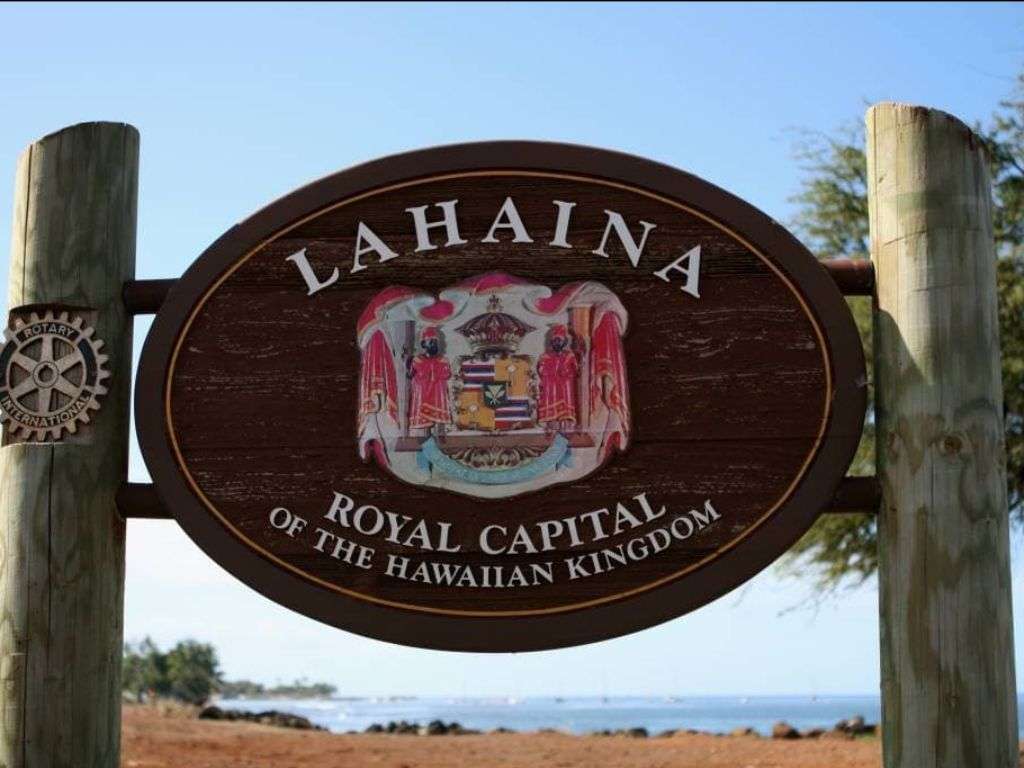
One of our most important donor funded activities this quarter involved collecting donations to help on the ground recovery in Maui following the devastating wildfires there. The Gulch set up a fund to collect donations for Maui, and our sister organization, Motive Power, matched donations
Our projects are working to do good on multiple fronts: carbon sequestration, regenerating soil, make food for those in need, plant diverse crops for stability in changing times, and providing habitat to support our farm as part of the larger matrix of natural systems in the region.
We could not do our work without donors. Our foundation’s administrative costs are covered through sponsorship donations, and all other donations go directly to on the ground project actions.
Summary of Q3 Activities
Our donor-funded activities are broken down into 7 main categories. The activities completed during this quarter are outlined below:


Diverse Planting
- Perennial: We continued to care for the orchard trees, and are planning for replacement of those lost in year 1 either late in Q4 or in Q1 2024.
- Annual:
- Sunflowers: The sunflowers that were planted a 16’ wide border around the perimeter of the entire farm only developed minimally, and we assessed that the Conservation Seeder does not plant the seeds deep enough.
- Potatoes: Although the potatoes showed good growth during Q2, they did not develop much beyond that point before the green vegetation withered in the heat. We have learned that the soil must be much deeper to protect the developing spuds in the intense Oklahoma heat.
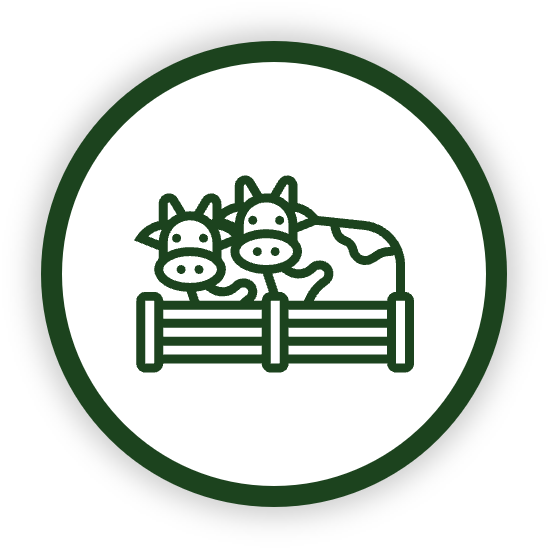
Livestock Incorporation
- Cattle: 18 steers were released onto the prairie portion of Rainmaker on July 28. The grassland was at roughly 3000-3500 lbs/acre Residual Dry Matter (RDM) when the cattle were introduced. These cattle will graze the grass down in this area to 1000lbs RDB and encourage good forb growth the following year.
- European Honeybees: We have continued nearly weekly monitoring and food supplements, and we are looking into planting additional wildflower areas nearby next spring.
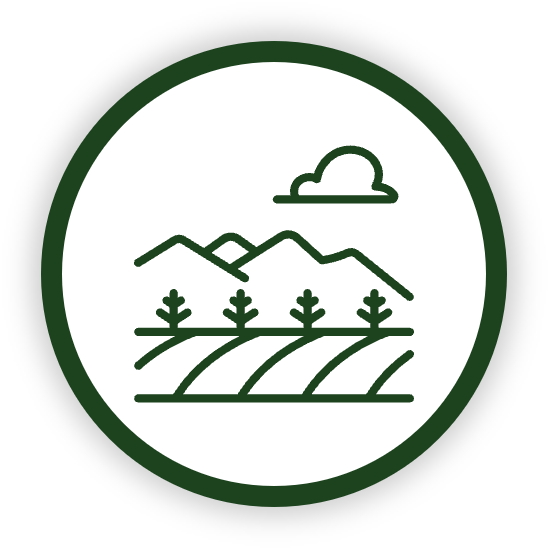
Cover Cropping
- Cover cropping is beneficial to regenerative farming in many ways. It protects the soil from erosion. Many species replenish essential nutrients, such as nitrogen, in the soil. The deep roots from native species also help sequester carbon. Our native grass cover crop will continue to develop around the orchard, which will help with carbon sequestration, soil stabilization and retaining water in that soil. All fields are planted with either annual or perennial cover.

Farm Equipment & Supplies
- We have put to use the equipment purchased the previous few quarters to conduct our own planting using the tractor and batwing mower to keep the weedy species in the crop fields from going to seed.
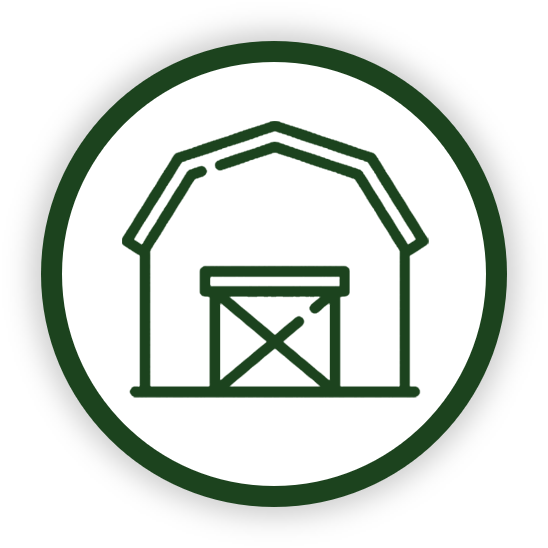
Infrastructure
- We have begun the planning process for a water catchment system to provide water to the orchard. We have put a deposit down on a tank, and have scheduled the earthwork for the tank foundation to happen early in Q4.
- We have begun planning for repairing the terraces on the sloped portion of the farm to prevent further erosion of the topsoil.
- The herbs and flowers planted around the tiny house continue to thrive, proving nectar for our honeybees and other pollinators.
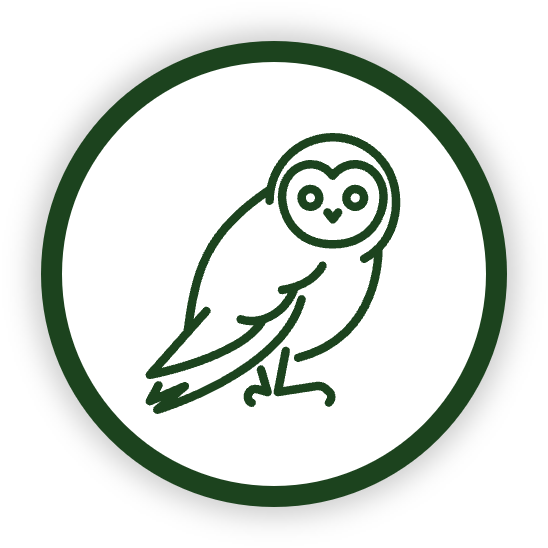
Rainmaker Farm
- Ongoing monitoring of the Barn Owl Nest boxes Rainmaker Farm is using ecological pest management.
- We have been implementing a variety of Integrated Pest Management tools to manage the weedy or invasive species in our crops. We are primarily managing Horse Weed (Erigeron canadensis) through repeated mowing.
- We have updated our website to better reflect the work that has happened at Rainmaker Farm over the past two years, and more accurately capture the current project focus of the Gulch Foundation.
Targets and Goal Tracking
We are on track to meet our targets and goals.
Next Steps
In Q4 2023 we anticipate the following:
- Continue to care for the orchard, blueberries, and border trees, including watering new plantings. Possibly planting replacements.
- Start preparing the infrastructure for goats, which will help with invasive species control, nutrient cycling, and food production.
- Developing additional water sources (water catchment).
- Explore partnering with a pollinator and/or crop researchers.
- Continue our outreach and education efforts, particularly through the publication launch of a book written by our Founder about the importance of sustainability for business.
